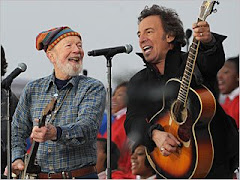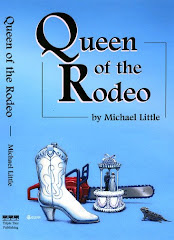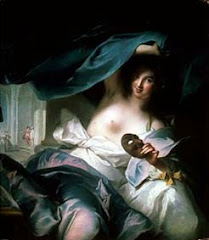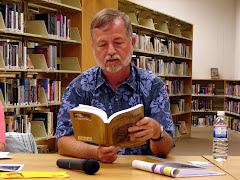There’s a short scene in Fargo that nobody talks about much. It’s not one of the big scenes that everyone who sees the 1996 Coen brothers film remembers. Not one of the action scenes, like the kidnapping of the car salesman’s wife, or the sporadic bumbling violence of the two hired kidnappers, or the woodchipper scene and chase on the ice near the end of the film.
__________________________
A BEDROOM
We are square on Norm, who sits in bed watching television.
After a long beat, Marge enters frame in a nightie and
climbs into bed, with some effort.
MARGE
Oooph!
Norm reaches for her hand as both watch the television.
At length Norm speaks, but keeps his eyes on the TV.
NORM
They announced it.
Marge looks at him.
MARGE
They announced it?
NORM
Yah.
Marge looks at him, waiting for more, but Norm's eyes stay
fixed on the television.
MARGE
... So?
NORM
Three-cent stamp.
MARGE
Your mallard?
NORM
Yah.
MARGE
Norm, that's terrific!
Norm tries to suppress a smile of pleasure.
NORM
It's just the three-cent.
MARGE
It's terrific!
NORM
Hautman's blue-winged teal got the
twenty-nine cent. People don't
much use the three-cent.
Oh, for Pete's - a course they do!
Every time they raise the darned
postage, people need the little stamps!
Yah?
When they're stuck with a bunch a
the old ones!
Yah, I guess.
That's terrific.
... I'm so proud a you, Norm.
I love you, Margie.
I love you, Norm.
Both of them are watching the TV as Norm reaches out to rest
a hand on top of her stomach.
NORM
... Two more months.
Marge absently rests her own hand on top of his.
MARGE
Two more months.
Hold; fade out.
_________________________
I love these small moments in film and fiction and music and art. It’s easy to miss them. Don’t blink. But they are worth our attention, and worth returning to. That’s why I want to write a few small essays this summer about the kinds of small moments and details that brighten a story or a musical piece, a movie or a painting. They have a way of charming us, of drawing us in.














